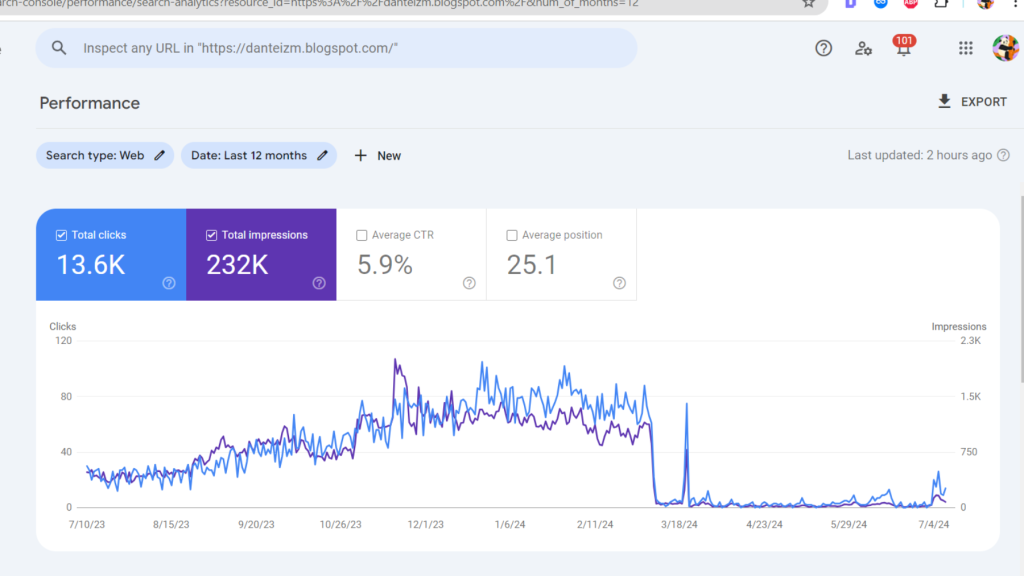
Killing Me Softly: Apakah Google Secara Halus “Membunuh” Putra Kandungnya, Blogger?
Has Google “Killed” its Blogspot Son?
The story of Google and Blogger (Blogspot.com) is a classic internet tragedy—or perhaps, a case study in corporate focus shift. Born from the heady days of the dot-com phenomenon and adopted by the burgeoning content giant, the free blogging platform once represented the democratization of the web. Today, for many original users, it feels like a beloved child slowly neglected by its dominant parent. The prevailing sentiment is that Google, having channeled its energy into more profitable and video-centric ventures like YouTube, has allowed its pioneering text-based son to slowly fade from the public eye.
The Golden Age: Blogspot’s Rise (2000-2010)
The early 2000s marked a creative explosion online. Following the dot-com bust, the internet matured into a space for personal expression, not just business. Google’s acquisition of Blogger in 2003 positioned it perfectly to ride the wave of personal publishing.
By the mid-2000s, millions flocked to Blogspot and its main competitor, WordPress. A simple Google account was all that was needed to set up a free blog with a https://www.google.com/search?q=yourname.blogspot.com subdomain. It was the perfect entry point for hobbyists, niche writers, and everyday people sharing everything from recipes to political rants. These blogs were the backbone of Google’s search index, feeding the crawler with a near-infinite stream of long-form, text-rich content. The relationship was symbiotic: Google got the content, and Blogspot users got visibility on the world’s fastest-growing search engine.
The De-Indexing Enigma: The Slow Decline (2015-2025)
The shift began subtly but became noticeable for veteran bloggers in the mid-2010s. The core complaint from Blogspot users today is the perceived de-indexing of their old content. Many report that out of 100 published posts, only a handful—sometimes as few as two to five—remain indexed and visible on Google’s Search Engine Results Pages (SERPs).
While Google officially maintains that it indexes the entire web and doesn’t explicitly penalize Blogspot, the reality experienced by users suggests a strong algorithmic preference shift. Several factors contributed to this:
- The Rise of YouTube: As Google’s other acquisition, YouTube, matured, video became the preferred format for many searches. Google began prioritizing video results, often placing them above traditional text blogs. This directly diverted traffic and attention away from written blog content.
- Algorithm Updates: Google’s continuous updates (like Panda, Penguin, and Core Updates) increasingly focused on “quality,” “authority,” and “freshness.” Many older, often unmaintained Blogspot sites, regardless of their historical value, were pushed down by newer, more professionally hosted (and often WordPress-based) websites with superior SEO, complex features, and better-structured content.
- Content Saturation: The sheer volume of content on the web today means Google has to be ruthlessly selective. A post on a free platform without strong domain authority or regular updates is more likely to be deemed “stale” or “low-quality” than it was a decade ago.
The result is a phenomenon that feels like a “soft killing” of Blogspot. The platform still exists, but its once guaranteed visibility has evaporated, leaving many old blogs in a digital graveyard, technically alive but rarely found.
The New Threats: TikTok and AI (2024-2025)
The digital landscape is changing faster than ever, presenting new, existential threats to Google’s traditional dominance:
- TikTok’s Deflation of YouTube: While YouTube was once the prime challenger to text-based search, the rise of TikTok (and the subsequent growth of YouTube Shorts) has shifted consumer preference towards ultra-short-form, visual content. Gen Z, in particular, often uses these social platforms as a primary search engine for product reviews, travel tips, and “how-to” advice—bypassing both Google Search and long-form YouTube videos entirely.
- The AI Revolution: Generative AI tools like ChatGPT and Google’s own AI Overviews (SGE) are changing how people consume information. Users are increasingly getting instant, synthesized answers from the AI without ever clicking through to an external website. This fundamentally disrupts the ad-driven, click-based business model that both traditional blogging and Google’s SERP rely upon. The competition is no longer just other websites; it’s the search engine itself.
In this context, Blogspot, already on the back burner, struggles to find relevance in a world demanding immediacy, video, or conversational AI summaries.
The Resurrection Rumor: Is Blogspot Coming Back?
The final question addresses the rumor of Google resurrecting Blogger/Blogspot.
No, there is no strong, official evidence or credible industry buzz to suggest a major “resurrection” of Blogspot/Blogger in 2024-2025 in a way that would restore its past glory.
Blogger still exists, is still free, and Google still maintains it with minor, infrequent updates. It will likely continue to function because it is cost-effective to host and represents a vast archive of content, which Google would be loath to simply delete. However, Google’s focus remains squarely on its highly profitable core products: Search, Ads, Cloud, and YouTube, all of which are now heavily invested in competing with AI and short-form video.
The most probable future for Blogspot is that it will remain a quiet, functional platform for hobbyists and niche communities who prioritize simplicity and free hosting over advanced features and search visibility. It’s a relic of the early internet, a digital backwater in the face of today’s content giants. The soft killing is not a sudden execution, but a long, slow marginalization—a quiet farewell to an era of unpolished, personal internet publishing.